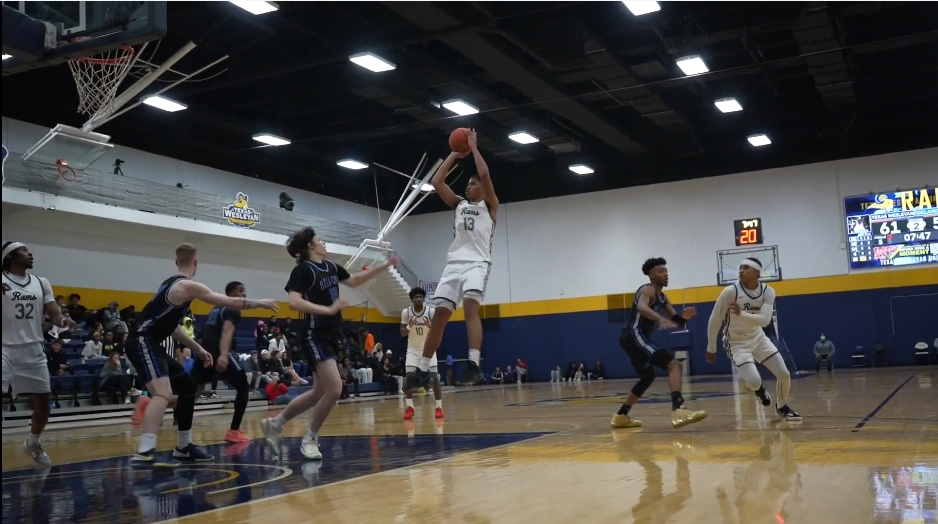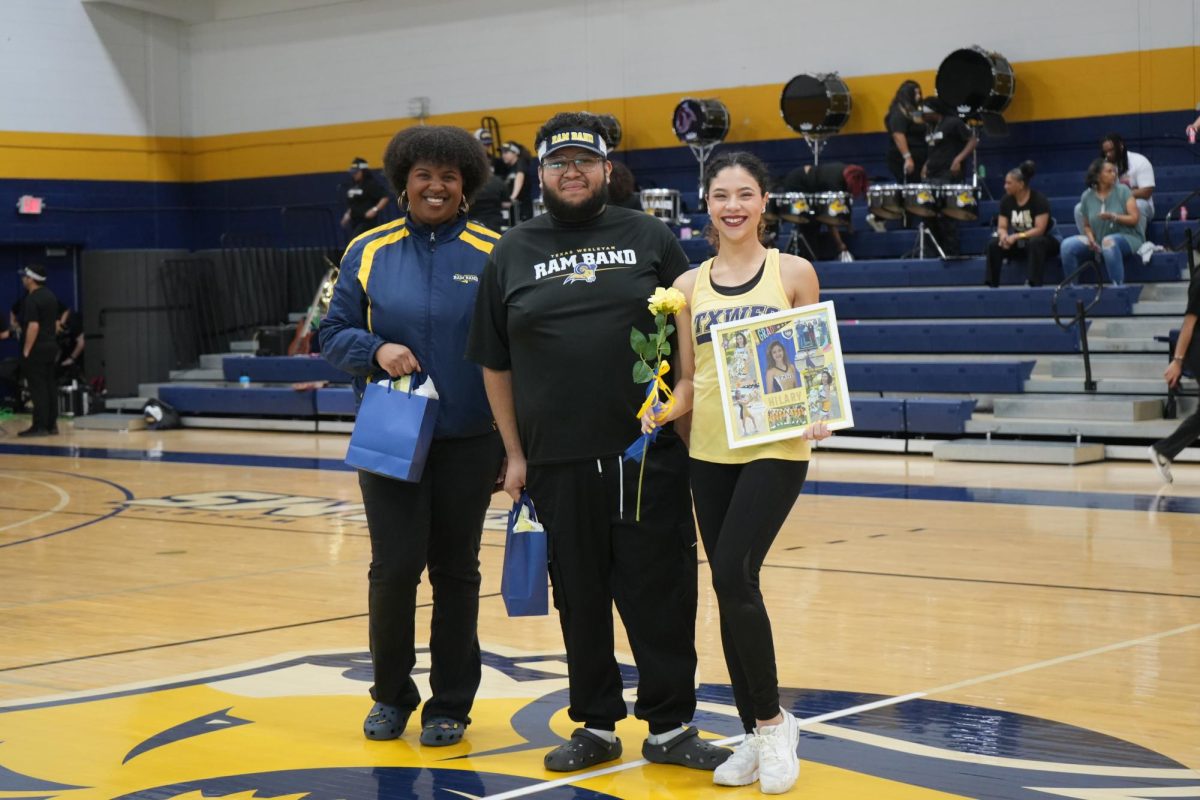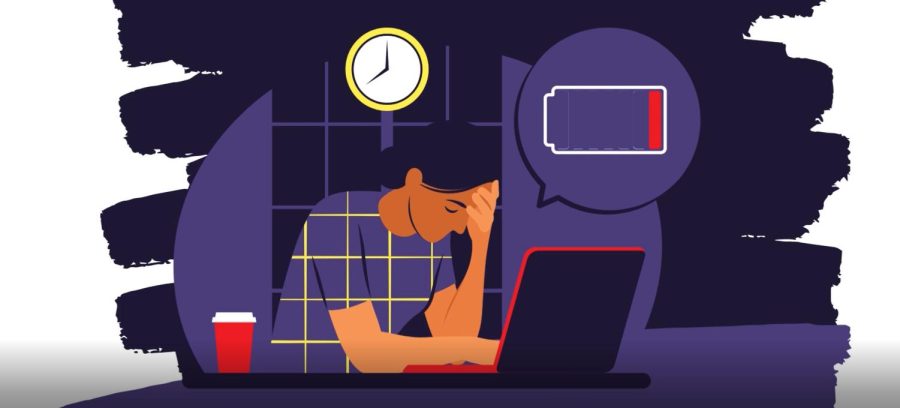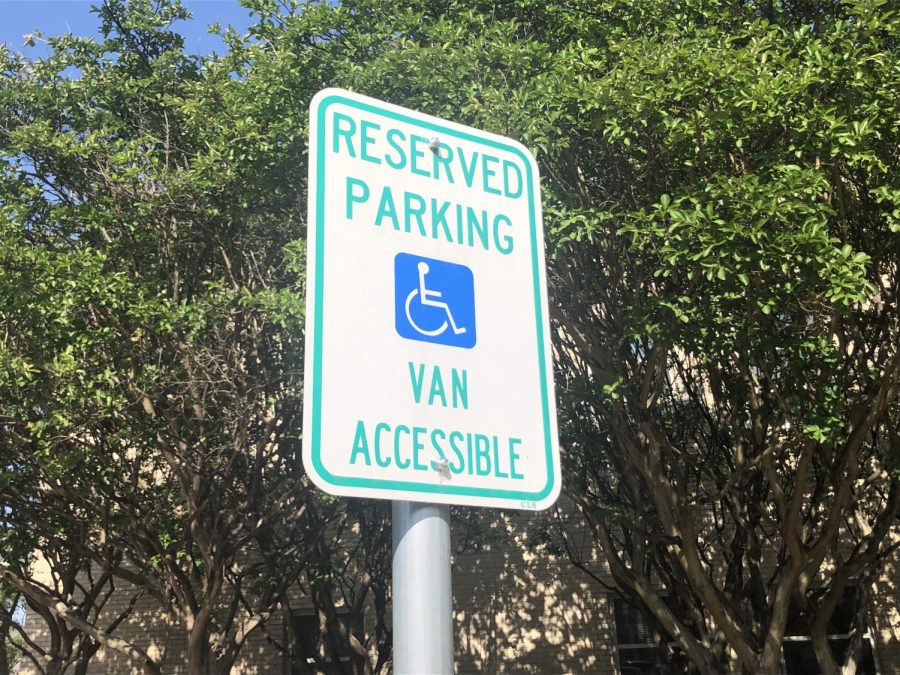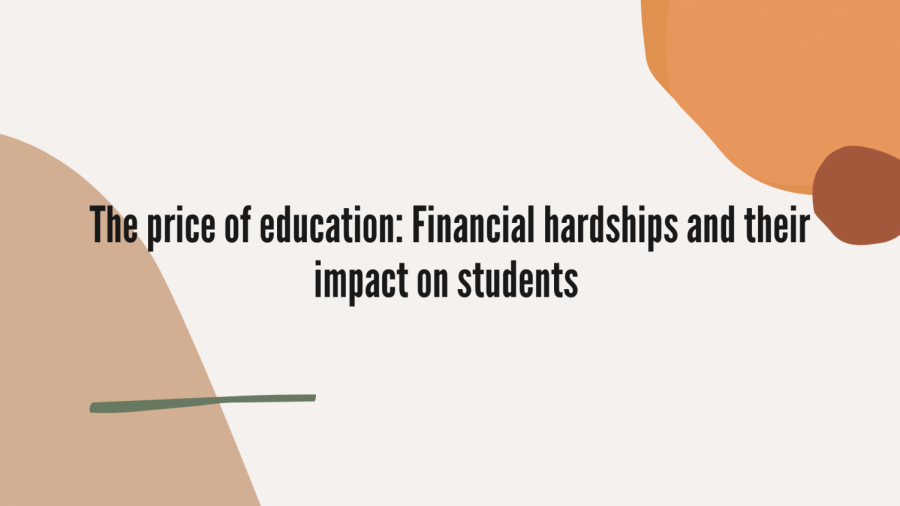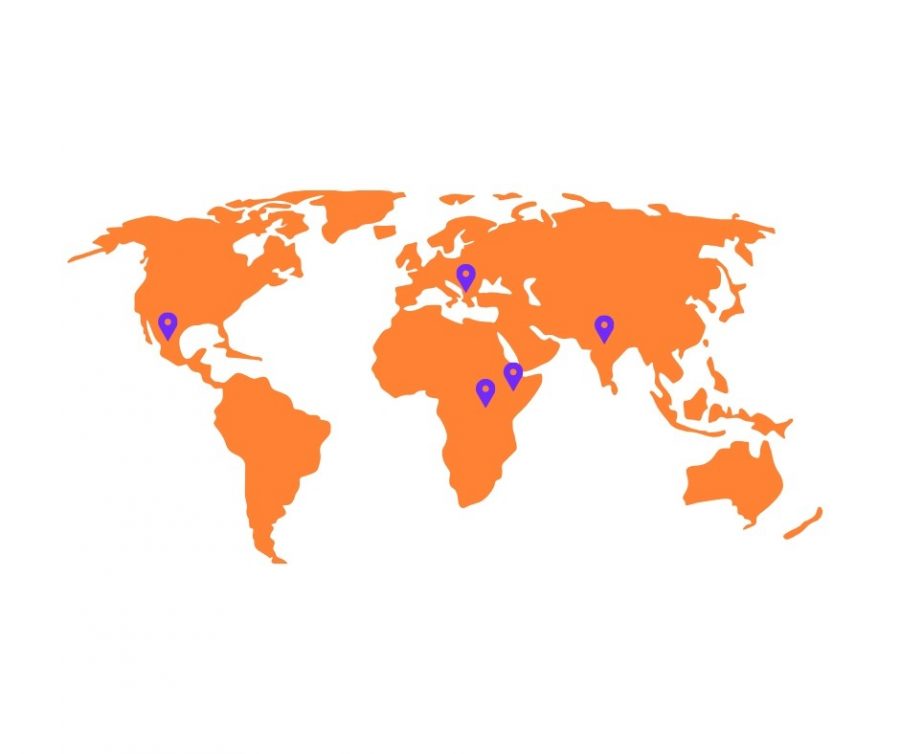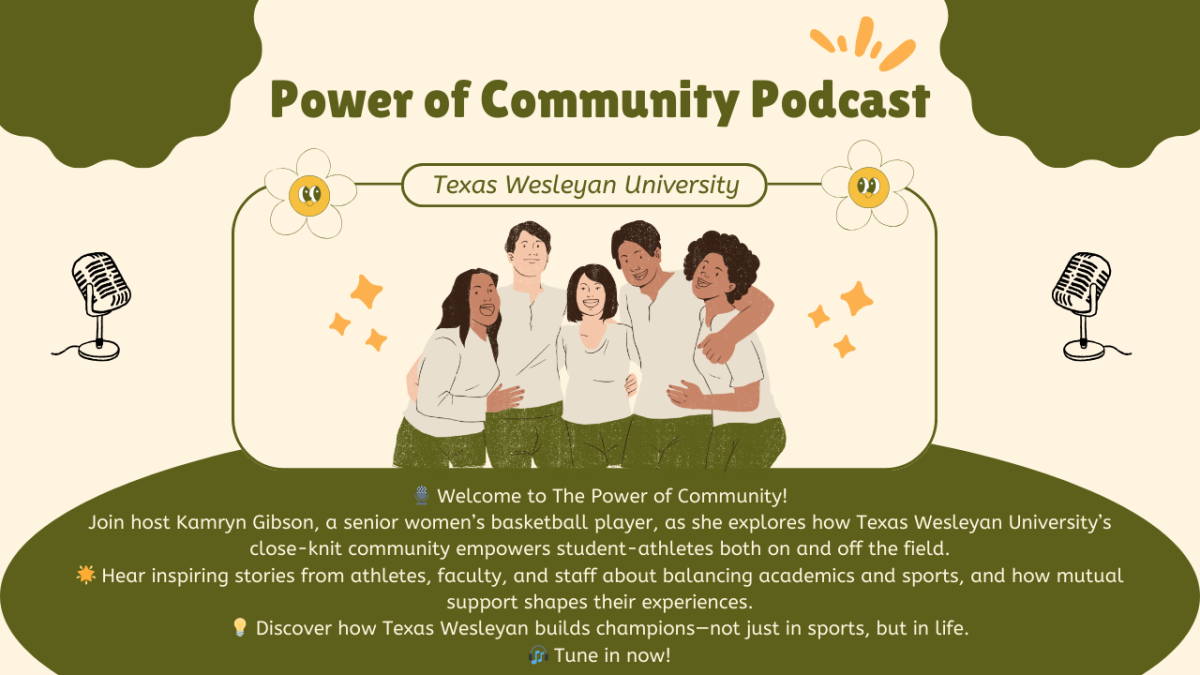If you’re a distance learning student with Texas Wesleyan’s Graduate Programs of
Nurse Anesthesia and you sneeze in class, people in 11 states will hear you.
So says Debra Maloy, GPNA’s director, who notes that Wesleyan’s program has the most distance learning students of any comparable program in the country.
“When people hear the nurse anesthesia program has distance education they think they can take their classes at home on their computer,” Maloy said. “You can’t do that. It’s a live attendance.”
Whether GPNA students are here or in North Dakota, California or Colorado, all of them are enrolled in at least one distance learning class, said assistant professor Terri Kane.
“Many of the programs have no distance component at all,” Kane said. “In the last 15 months of the program only around 20 of the students are in the D/FW area. The remainder of the students are involved in distance education through their clinical sites.”
Kane said that Wesleyan’s nurse anesthesia distance education is unique because it’s live.
“It is not online education,” she said. “You don’t work at your own pace, in your home, in your jammies. You have the opportunity to stay in your home town in North Dakota, for instance, but you must be in every class, and on pace with the class.”
Kenneth Flowers, media and classroom technologist 2, said he works very hard to make sure the students and professors are able to communicate with each other during class.
“We have upgraded our system a lot,” Flowers said. “The students can communicate with the teacher because the teacher can see exactly who is calling in from what site. Professors want to see who is calling in.”
Instructional designer Lisa Hammonds said that GPNA distance students receive the same experience as students who attend class.
“Providing that seamless bridge between offsite and on campus students is something that GPNA spends a lot of time making sure that they are accomplishing,” Hammonds said.

![Richard Amaefule is expected to be a key player as the Rams look to the NAIA National Tournament. [File photo]](https://therambler.org/wp-content/uploads/2023/11/MBB-PHOTO-3-e1699486911838-1200x963.jpg)
![Ram's Tank—a business pitch competition put on by the Entrepreneurship club—participants pose with University President Dr. Emily Messer. [File photo]](https://therambler.org/wp-content/uploads/2025/03/Photo-3-1200x800.jpg)
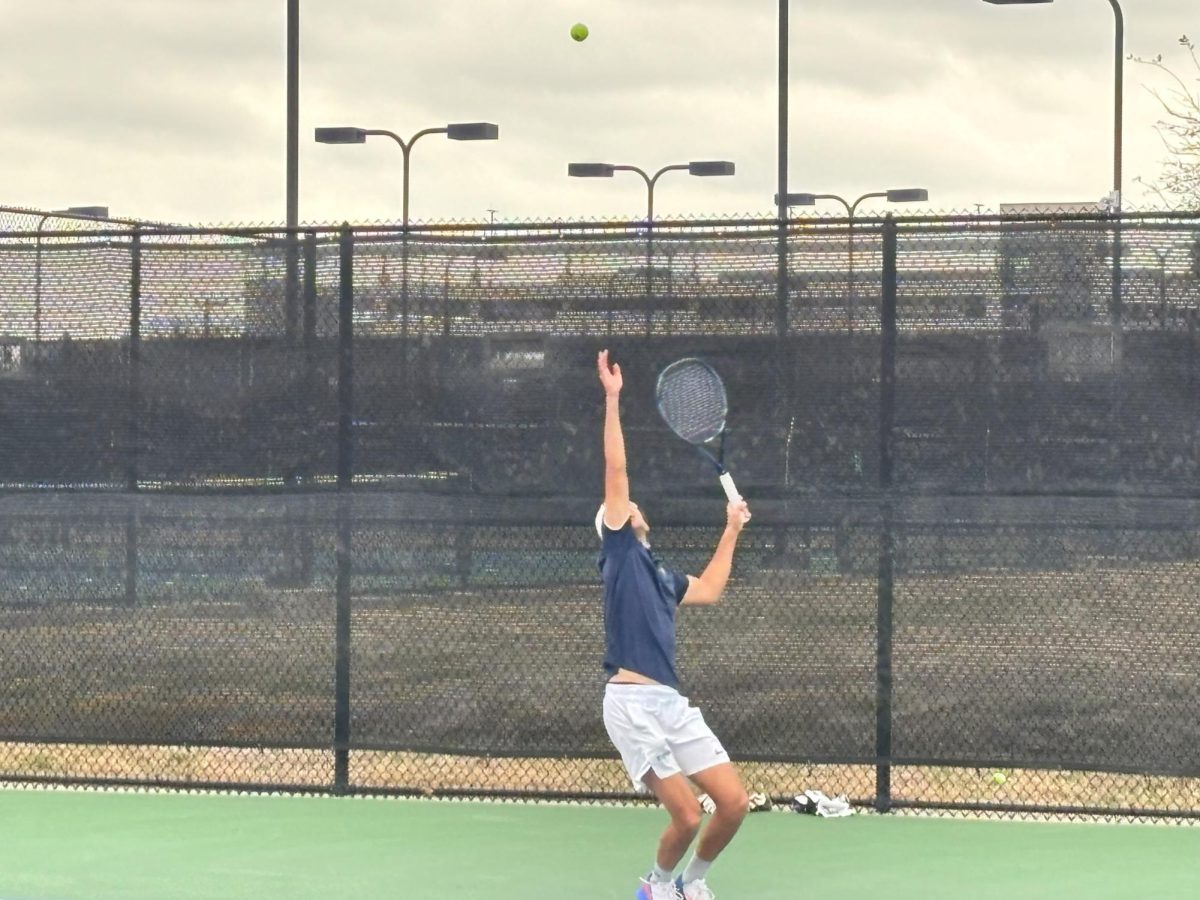
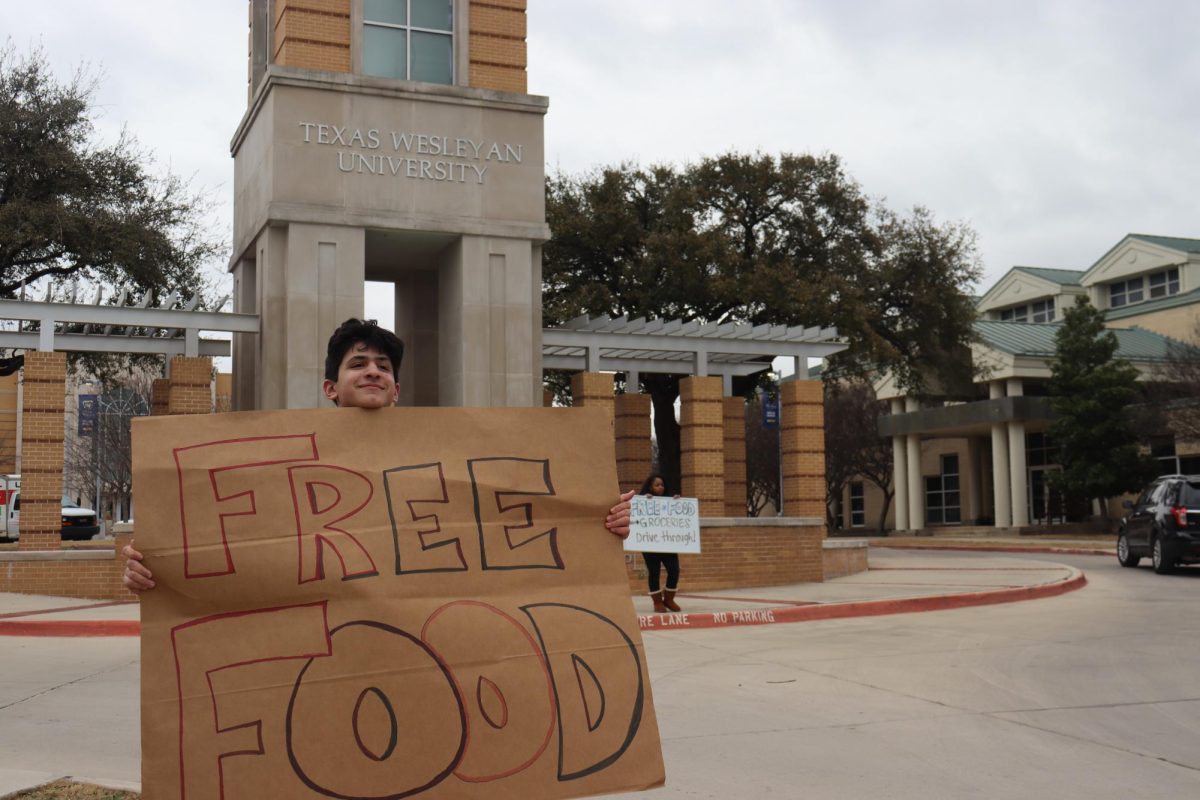
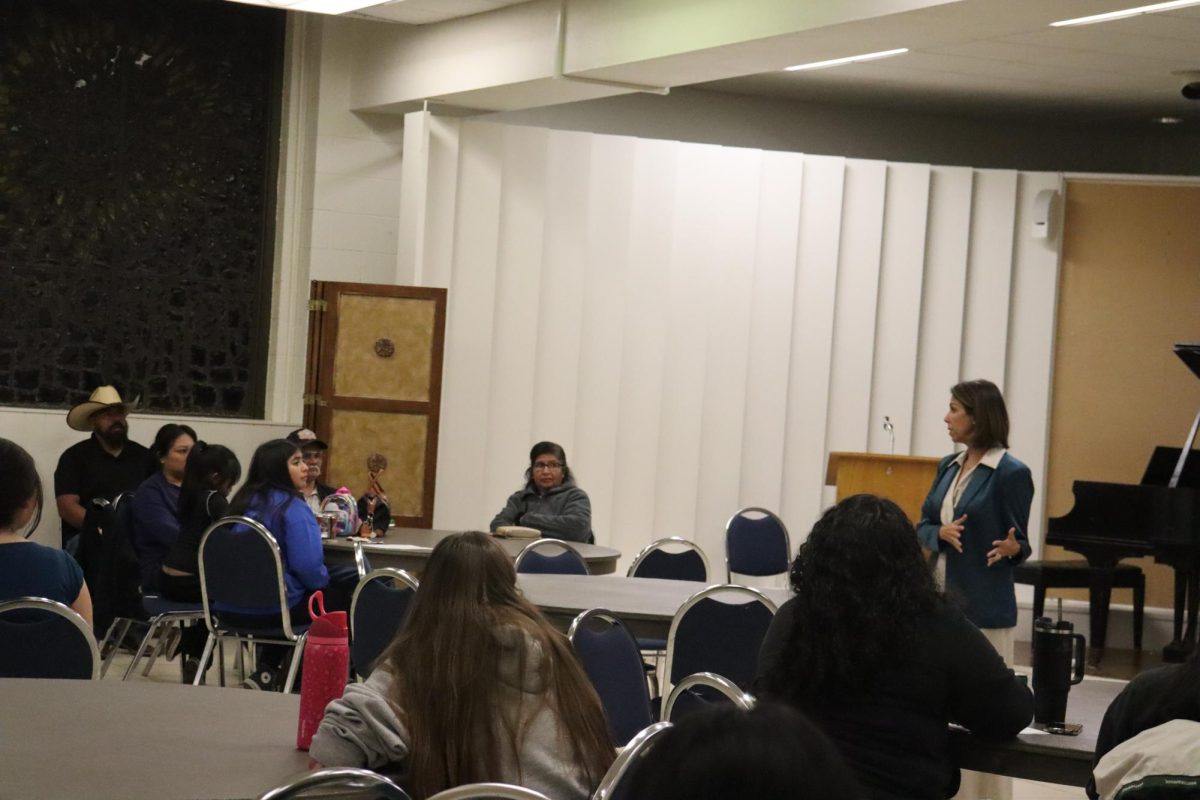
![Harriet and Warren, played by Trinity Chenault and Trent Cole, embrace in a hug [Photo courtesy Lauren Hunt]](https://therambler.org/wp-content/uploads/2025/02/lettersfromthelibrary_01-1200x800.jpg)

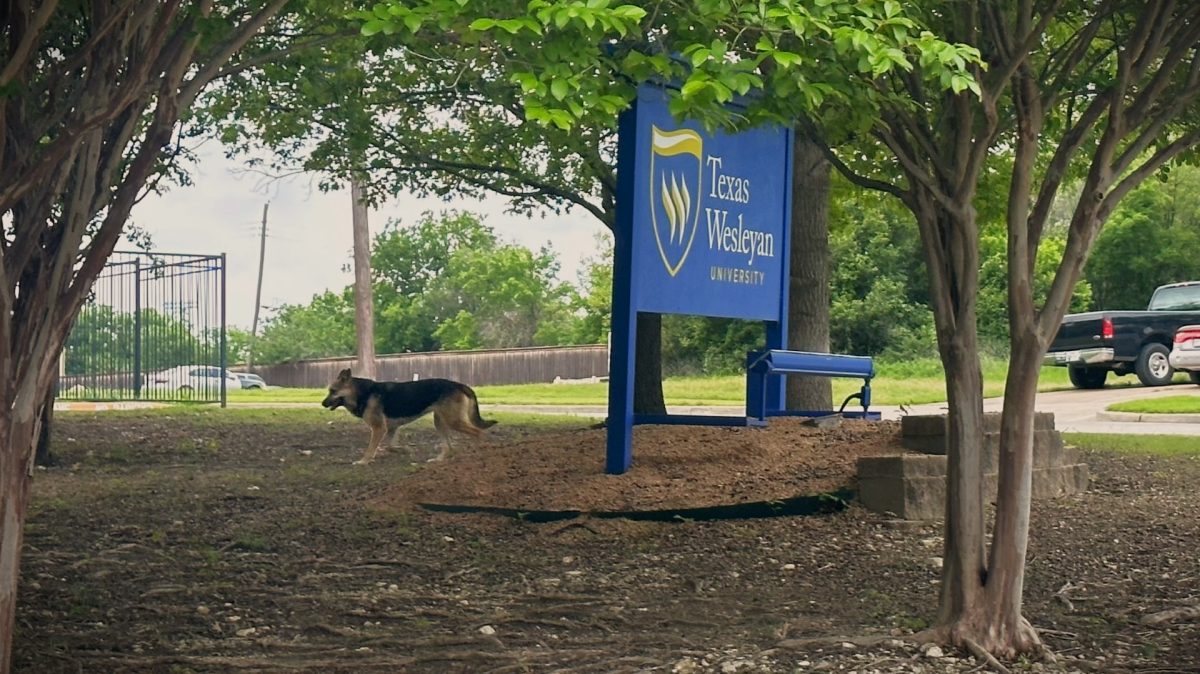


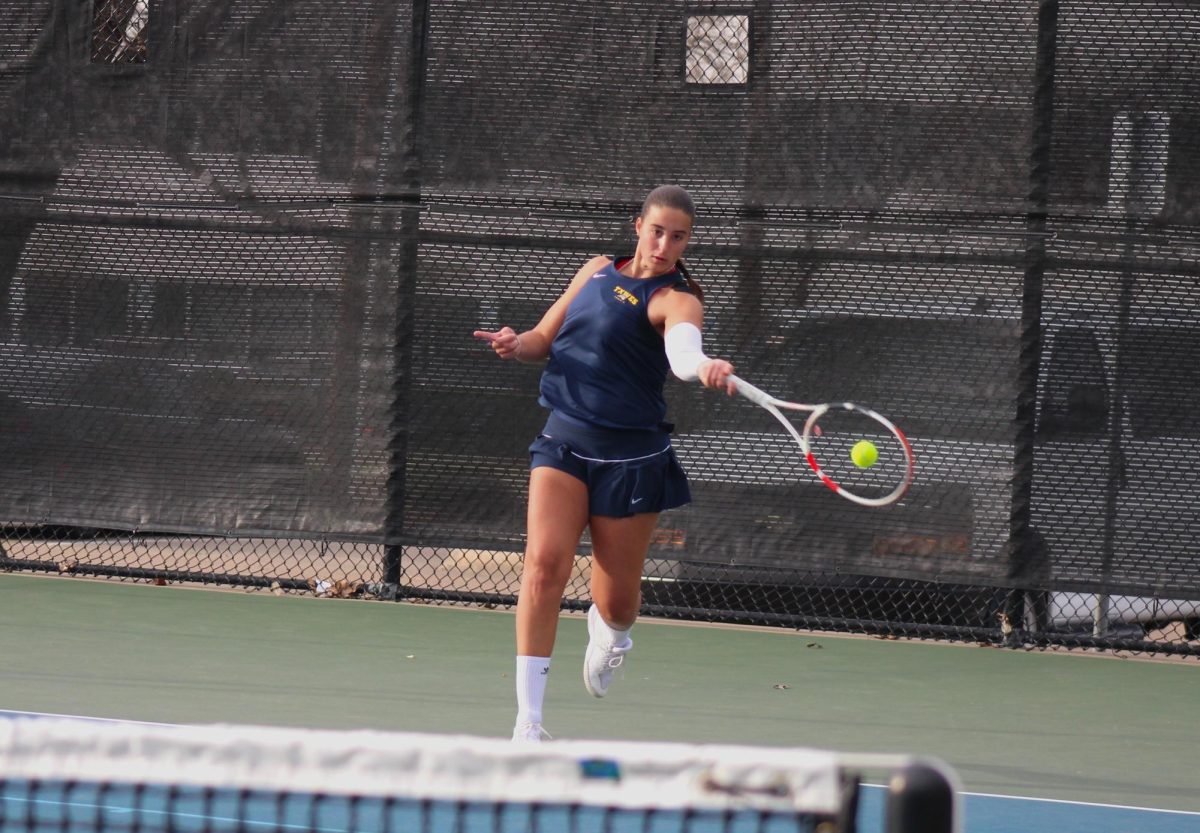
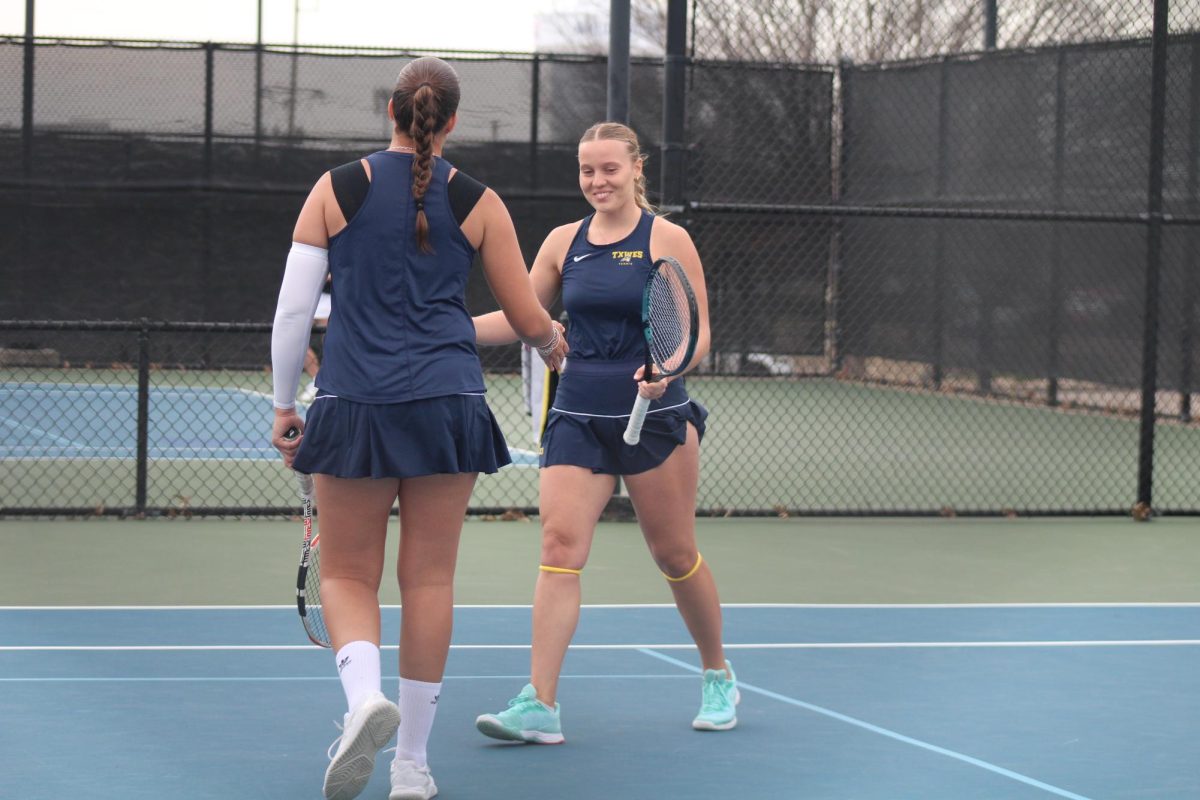
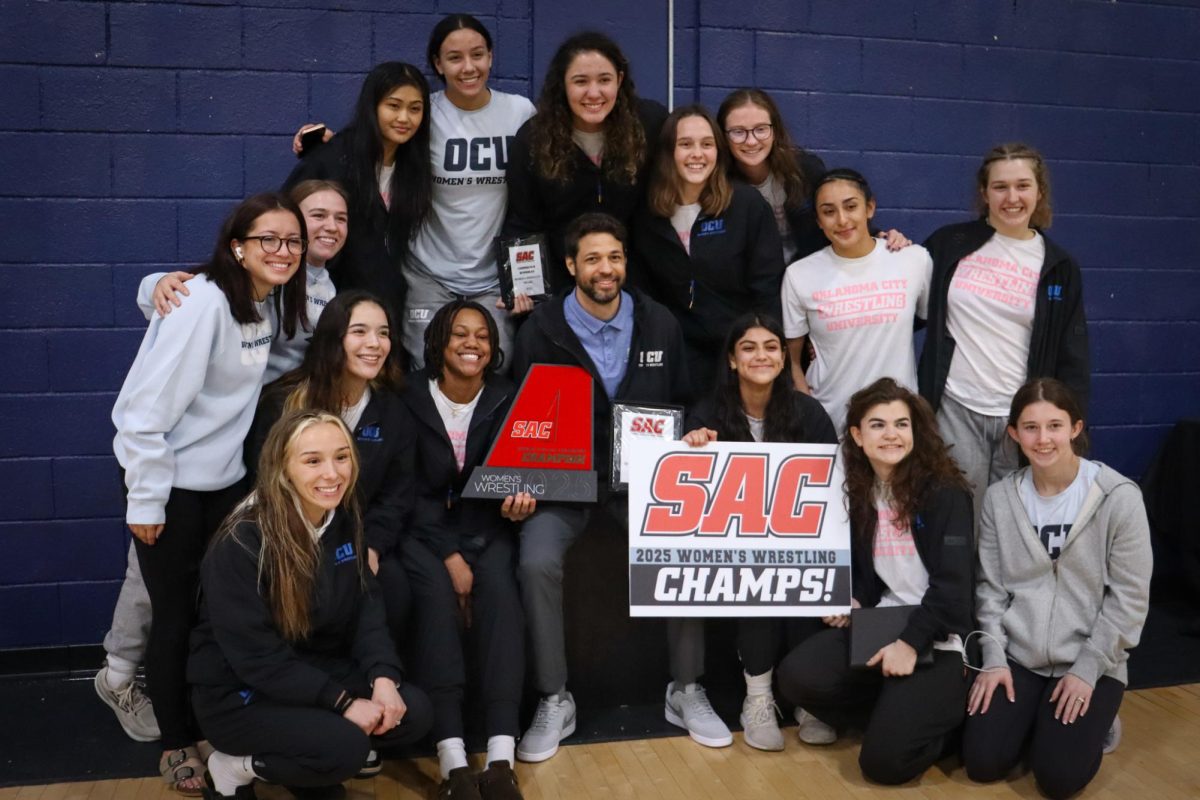
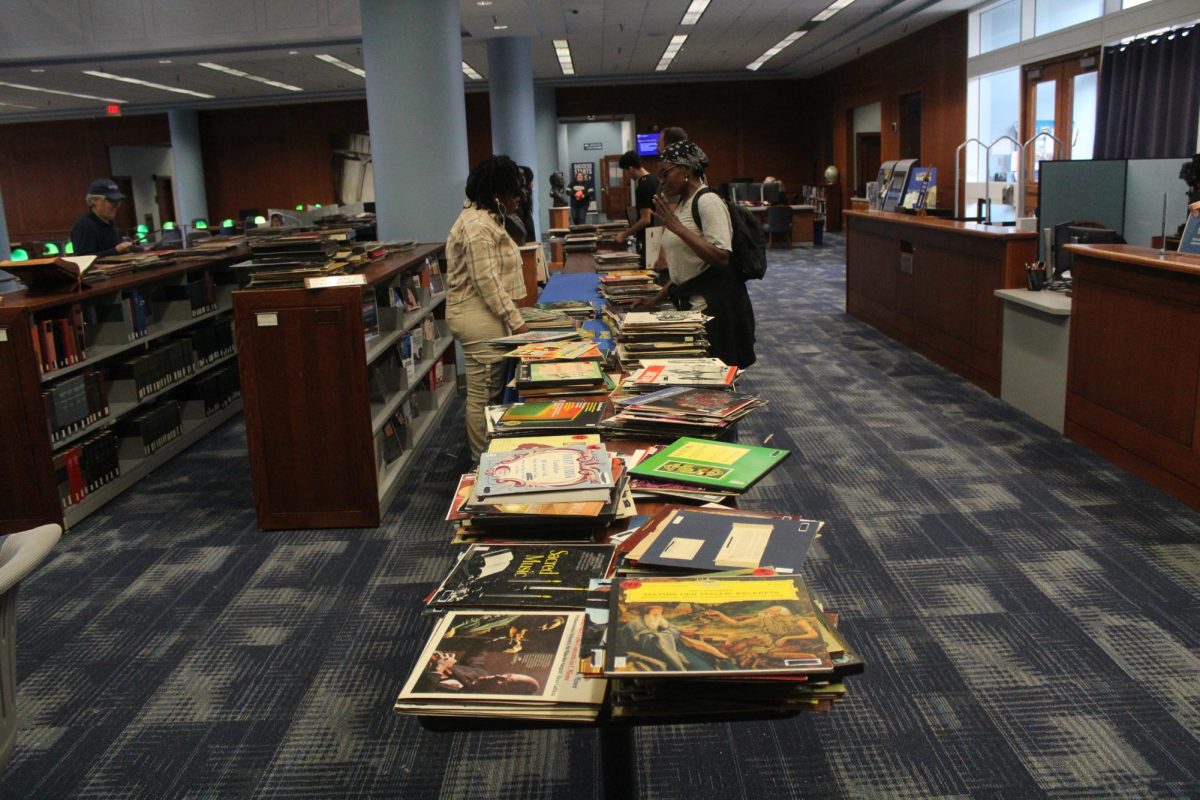
![[Flyer courtesy Susan Eliason]](https://therambler.org/wp-content/uploads/2025/03/Aries-Flyer-by-Susan-Eliason-927x1200.jpg)
![Trinity Chenault, the play's lead, reads through her script during a rehearsal for "Letters from the Library". The production explores untold stories through the power of letters. [Photo courtesy Lauren Hunt]](https://therambler.org/wp-content/uploads/2025/02/Photo-1-1200x800.jpg)
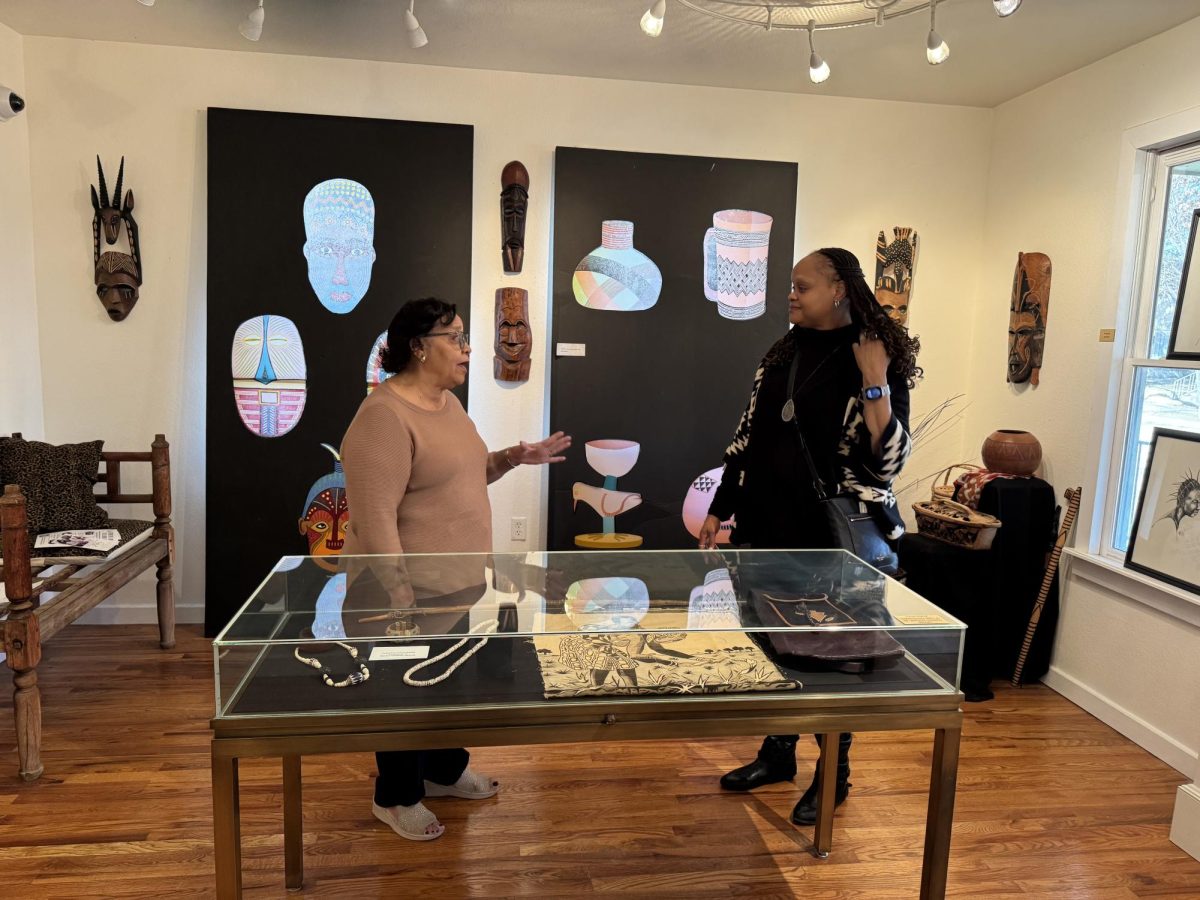

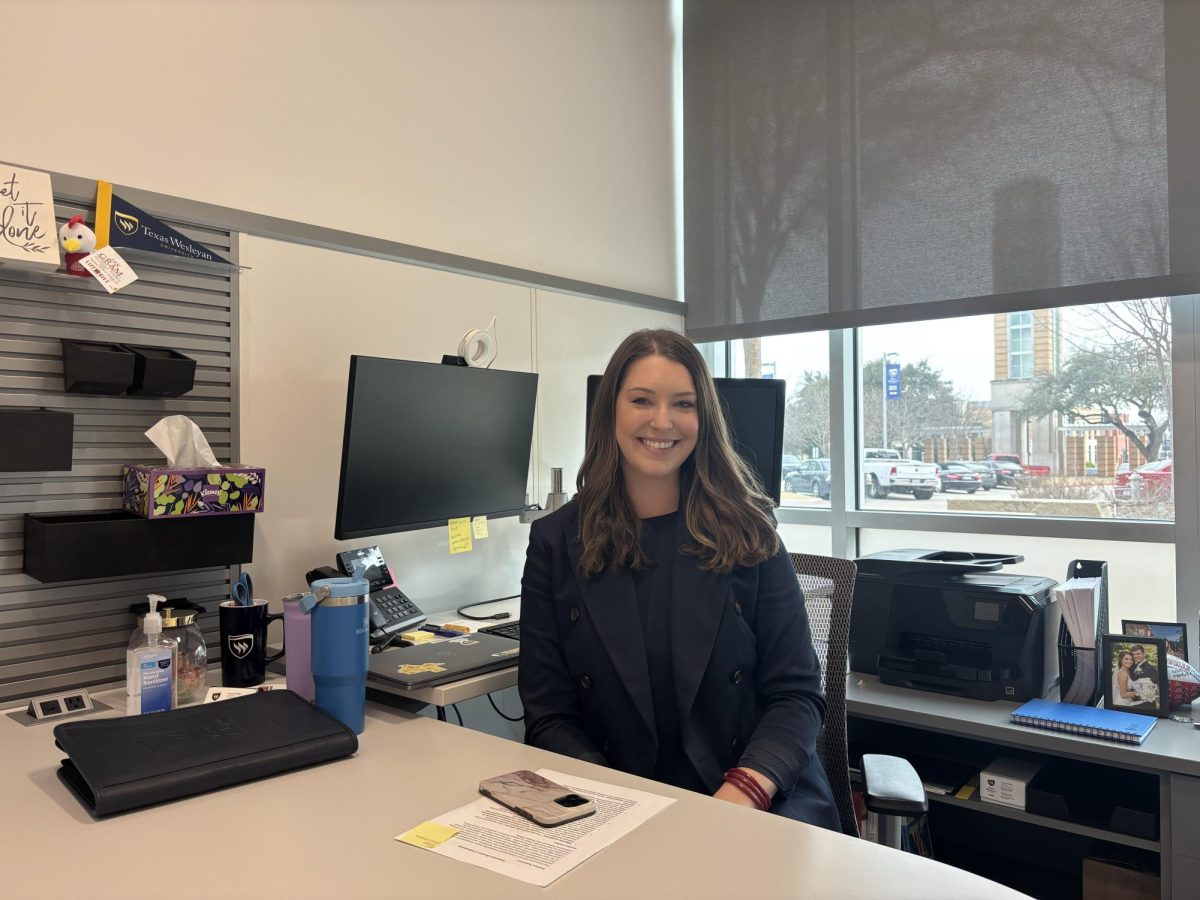
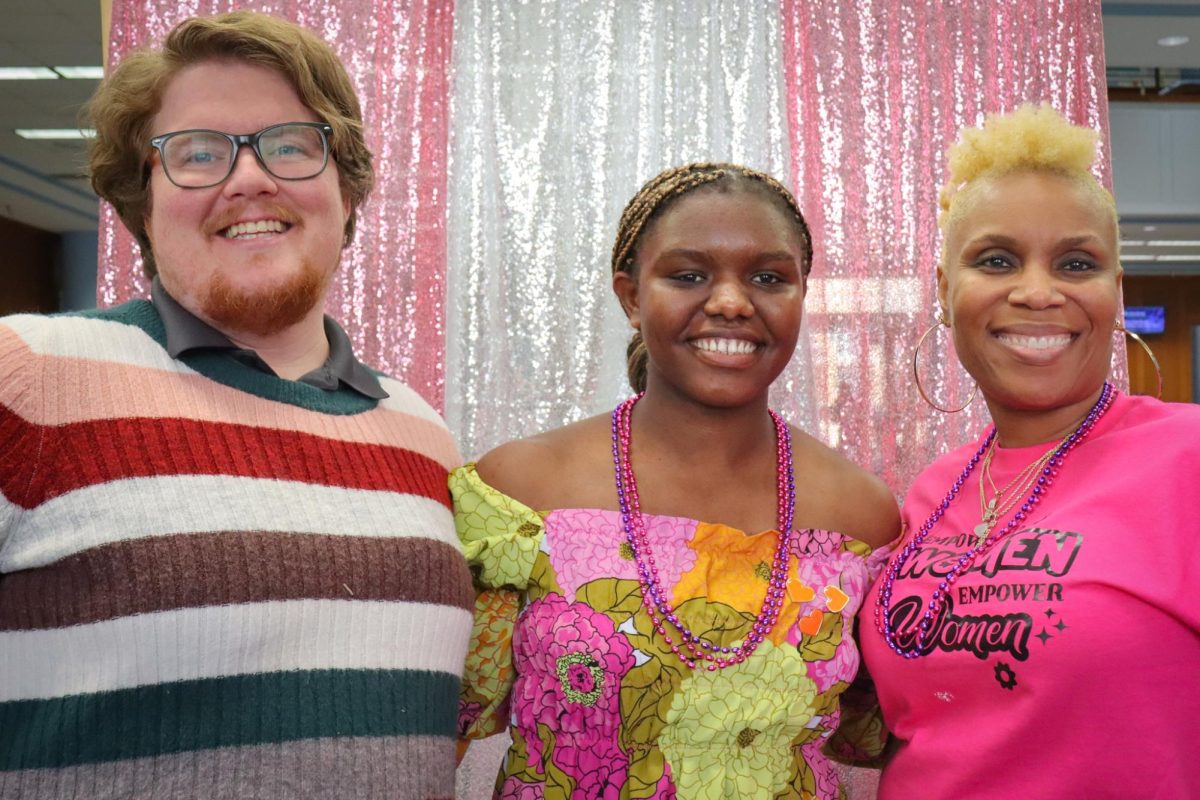
![Lady Rams softball sweep Langston Lions in first SAC Doubleheader [2 – 0]](https://therambler.org/wp-content/uploads/2025/02/SoftballLions.png)
